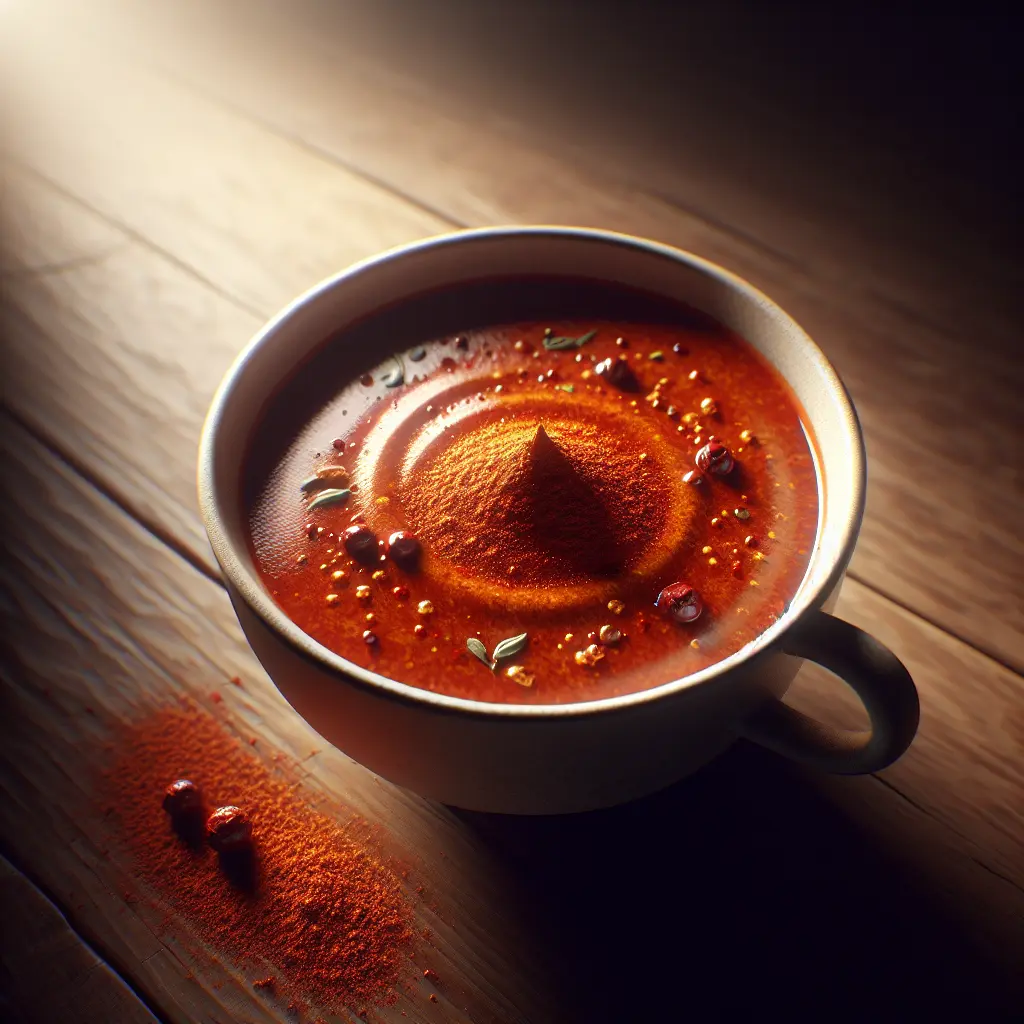A Culinary Journey Through the History of Curry
Curry, with its enticing blend of spices and tantalizing flavors, has a long and storied history. Its origins can be traced back to ancient India, where it was known as 'kari,' a term derived from the Tamil word for 'sauce.' Over centuries, traders and travelers carried the concept of curry to distant lands, influencing cuisines across Asia, Africa, and Europe.
The term 'curry' encompasses a diverse range of dishes, each boasting its unique flavor profile. From the fiery vindaloo of India to the aromatic green curry of Thailand, the variations of curry are as vast as the regions that have embraced it. This culinary versatility makes curry a beloved staple in kitchens and restaurants worldwide.
Unveiling the Health Benefits of Curry
Beyond its tantalizing taste, curry offers an array of health benefits. Its rich blend of spices, such as turmeric, cumin, and coriander, are packed with antioxidants, anti-inflammatory compounds, and other beneficial nutrients.
-
Turmeric: Known for its vibrant yellow hue, turmeric contains curcumin, a potent antioxidant with anti-inflammatory properties. Studies suggest that curcumin may support brain health, reduce joint pain, and even protect against certain chronic diseases.
-
Cumin: This aromatic spice is a good source of iron, manganese, and fiber. Cumin has been traditionally used to aid digestion, reduce inflammation, and boost immunity.
-
Coriander: Rich in antioxidants and essential oils, coriander has been shown to have antibacterial, antifungal, and anti-inflammatory properties. It is often used to improve digestion and soothe the stomach.
Mastering the Art of Cooking Curry
Creating a flavorful and authentic curry requires careful preparation and a blend of spices that harmoniously dance on the palate. Here are some tips to help you achieve culinary success:
-
Selecting the Right Spices: The key to a great curry lies in the judicious use of spices. Experiment with different combinations to find your preferred balance of flavors. Whole spices offer a more intense flavor than pre-ground ones.
-
Building a Flavorful Base: Onion, garlic, and ginger form the aromatic foundation of many curries. Sauté these ingredients until softened and fragrant before adding your chosen spices.
-
Simmering to Perfection: Allow your curry to simmer gently for an extended period. This allows the flavors to meld and deepen, resulting in a rich and complex dish.
-
Balancing Flavors: Curry should strike a harmonious balance between heat, acidity, and sweetness. Adjust the amount of chili peppers, tomatoes, or sugar to suit your taste preferences.
Embark on a culinary adventure with curry and discover its rich history, tantalizing flavors, and health-promoting benefits. Experiment with different spices, embrace the variations, and create unforgettable dishes that will delight your taste buds and nourish your body.
How many calories are in Curry?
Each 1 cup of Curry contains 243 calories.
Curry Nutritional Information
| Nutrient | Amount per 1 cup (235g) |
|---|---|
| Calories | 243 Calories |
| Protein | 28g |
| Fat | 11g |
| Saturated Fat | 1.5g |
| Cholesterol | 0.074mg |
| Carbohydrates | 7.5g |
| Dietary Fiber | 1.5g |
| Sugar | 2g |
| Sodium | 0.073mg |
| Potassium | 0.3736mg |
| Calcium | 0.039mg |
| Iron | 0.002mg |
